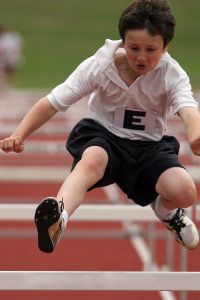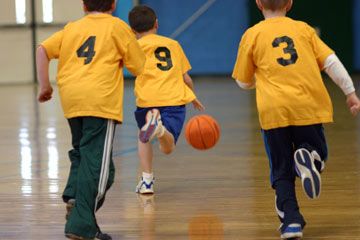As a coach at the onset of a new track and field season, you'll likely encounter a wide range of ability among young athletes. Some will have a background in everything from javelin throwing to high jumping, while others may not know the shot put from the discus.
Regardless of the shape your athletes are in, preseason training is a must for everyone. If you're able, begin practice sessions six to eight weeks before the season begins [source: Faigenbaum]. Productive preseason training will not only help your athletes physically and mentally prepare for their first meet, but it will also lay a foundation for a successful season.
Advertisement
Runners, throwers and jumpers will all benefit from a mix of strength and endurance training. Have your athletes focus on building strength in four main areas: the upper body, the lower body, the abdomen and the hips. Even though newcomers to track and field may not yet know whether they're interested in running the mile or throwing the discus, strength training will improve overall athletic ability. You can later cater strength training to each athlete's ability [sources: Hackett, Faigenbaum]. Endurance training during the preseason will also help the team, especially your runners. Have distance runners run several sets of half mile or mile (800 or 1,600 meters) drills at jogging pace, and make sure runners concentrate on maintaining a steady pace throughout this exercise [source: Welch].
Preseason practice is a good time to help youth who are new to track and field figure out which events best suit their interests and abilities, so give them an opportunity to try everything from passing the baton to jumping the hurdles. To get your athletes off on the right foot, read the next page to learn about the variety of youth track and field events.
Advertisement


